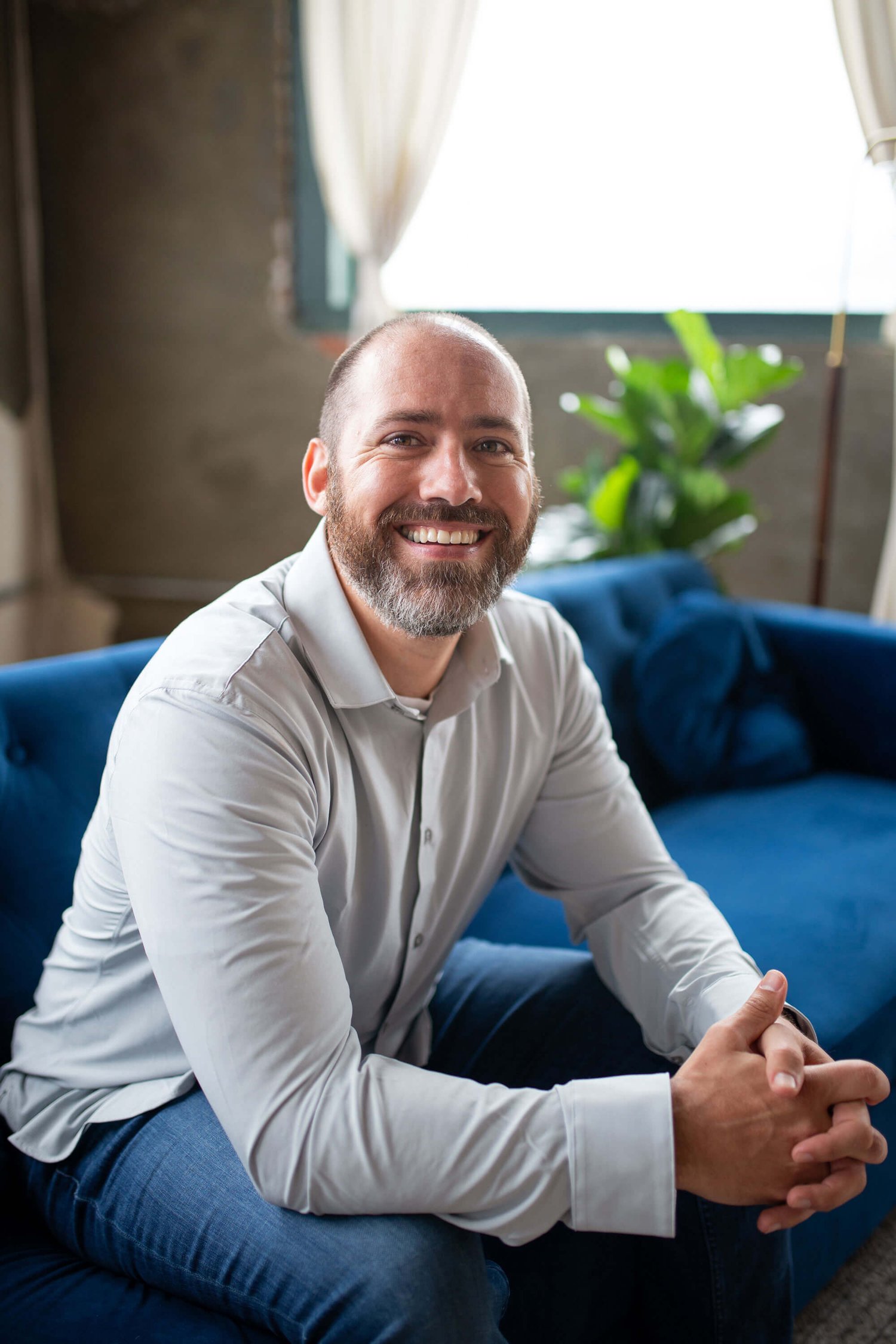The Science of Habit Formation: Applying Behavioral Insights in Therapy
"Behavioral insights” is an area of study that arose about 15 years ago, centering around the observation that people generally do not make decisions through rationally assessing options, but through quick, instinctive calculations based in behavioral phenomena, like the relative convenience of a choice, or force of habit. At least one popular take on behavioral insights argues that institutions can “nudge” people towards desired decisions through orchestrating systems to make advisable choices easy.
Emerging from the world of economics, this kind of thinking has caught on not just in public policy, but in health care, parenting, education, and other areas where the infrastructure of a system can be altered or streamlined to guide people in the desired direction.
While policy experts may argue about the application of such methods and their potential advantages and disadvantages, the fundamental concepts of behavioral insights have something to offer cognitive-behavioral therapists. The idea of setting up a personal environment to help re-engineer habits will likely sound familiar to any cognitive-behavioral therapist.
Let’s explore how applying this kind of thinking can let you better help your clients focus their minds and utilize their time to pursue the productive lives they’re seeking in a world that often feels like it is pointing them in the wrong direction.
TikTokification, Habit Formation, And Rewiring Unproductive Behavior
The last few decades, and the last few years, have brought us all sorts of new, hard-to-break bad habits. First we were checking email constantly at work. At some point that became checking email constantly outside of work. Then we added fixating on social media feeds. Today we see a constant stream of attention-capturing images and short-form videos almost as the default whenever we go online, and avoiding the online world is a near impossibility.
Many suffer with the sense of living in a world of constant distraction, and it’s no illusion; much has been written about how social media actually rewires the brain for young people, and is having similarly deleterious effects on the well-being of older adults and even seniors.
The negative effects of social media-era habits like repetitive scrolling go beyond just wasting time; they can lead to unhappiness, jealousy, unproductive online arguing, and even strain real-life relationships. But breaking the habit of using apps and devices meant to attract and trap your attention is no easy task.
This is where behavioral insights can help.
Habit-forming applications and devices lock people into self-reinforcing, unproductive behaviors. Breaking habits can be a matter of reorganizing an environment, online or offline, to put productive choices up front, and less productive ones out of reach.
Before we explore how, let’s take a look at another set of big, bad habits clients increasingly wrestle with.
Navigating Choice Overload
If clients aren’t complaining about choice overload directly to therapists today, they may be experiencing it without even realizing it.
Every day, people find themselves faced with choices like:
- What movie or show to watch (chosen from lists of hundreds, on multiple different streaming services);
- What task to take care of (with a near infinite list of things, online and offline, to choose from);
- How best to spend money (with a huge selection of unnecessary and expensive options).
This is a bigger problem than one might imagine, as too much choice is considered a major cause of depression. Rather than making a meaningful choice and going with it, people react to choice overload by mindlessly browsing options or switching unproductively between tasks.
Recognizing these as habitual, unconscious choices, and helping clients set up their lives to avoid them and make more productive activities easier, can put them on the path to living better.
We can, again, find a model for doing this in behavioral insights; though it is not so far off from how cognitive-behavioral therapists have been doing it all along.
Helping People Set Up A World For Themselves
It’s important to note that when talking about behavioral insights, people are usually discussing what institutions can do to make choices more attractive. Individuals visiting therapy are not institutions. They do not have such absolute control of their environments as to stop the store outside their door from selling cigarettes, or make fresh vegetables the most convenient and affordable choice at the grocery store. Nor can they do much about an online world architected to capture their attention, regardless of how it impacts their mental health.
But they can assess their habits, and reorganize things where possible, to make good choices easier and bad choices more difficult.
In point of fact, some of the classic go-to suggestions therapists use to help clients alter self-limiting behaviors aim to make healthy behavior more instinctive, and unhealthy behavior less accessible, like:
- Removing the television from the bedroom to break the habit of staying up late watching it;
- Changing a route to avoid passing a store where one usually buys cigarettes, to remove temptation;
- Putting healthy foods on a grocery list and not allowing oneself to deviate from it.
Then come the new, tech-era bad habits. If therapists take a deep dive into understanding habit formation, they can help their clients navigate this new world of stress and distraction we’ve discussed, and introduce new, habit-rethinking methods to the classic therapy toolkit, strategies like guiding clients to:
- Put smartphones in a lockbox at certain times to facilitate reading or other non-tech-related tasks;
- Set up a schedule which includes specific limits for online usage; and
- Install time-management apps that block the usage of distracting apps altogether or during certain hours.
Of course every client is different, and therapy is not just about habit formation, but establishing healthy habits does help.
Utilizing insights about habit formation, you can teach clients new ways to organize their environment to re-order their behaviors, online and offline. And you can discuss the habits that make them unhappy, determine where their environment may play a role in them, and suggest how they can restructure their space to, where possible, make better choices and the easiest choices. Understanding habits, therapists can help clients live more purposefully, and more happily.
And if you want to make sure you’re always using the latest, most effective techniques for guiding client-therapy relationships in your practice, explore ShrinkThink’s clinician onboarding solution!

Aaron
Aaron brings incredible passion, authenticity, and humor to all that he does - whether by providing care in his clinical practice or offering guidance in his consulting business. Aaron is a Licensed Professional Counselor and Clinical Supervisor in Oregon, the owner of Discover Counseling, and co-owner of Life Discovery Counseling Services. He maintains his own client caseload while managing his group practices and supervising his counseling staff. Aaron is also a private practice consultant and co-hosts the Shrink Think Podcast with Nathan Hawkins.



